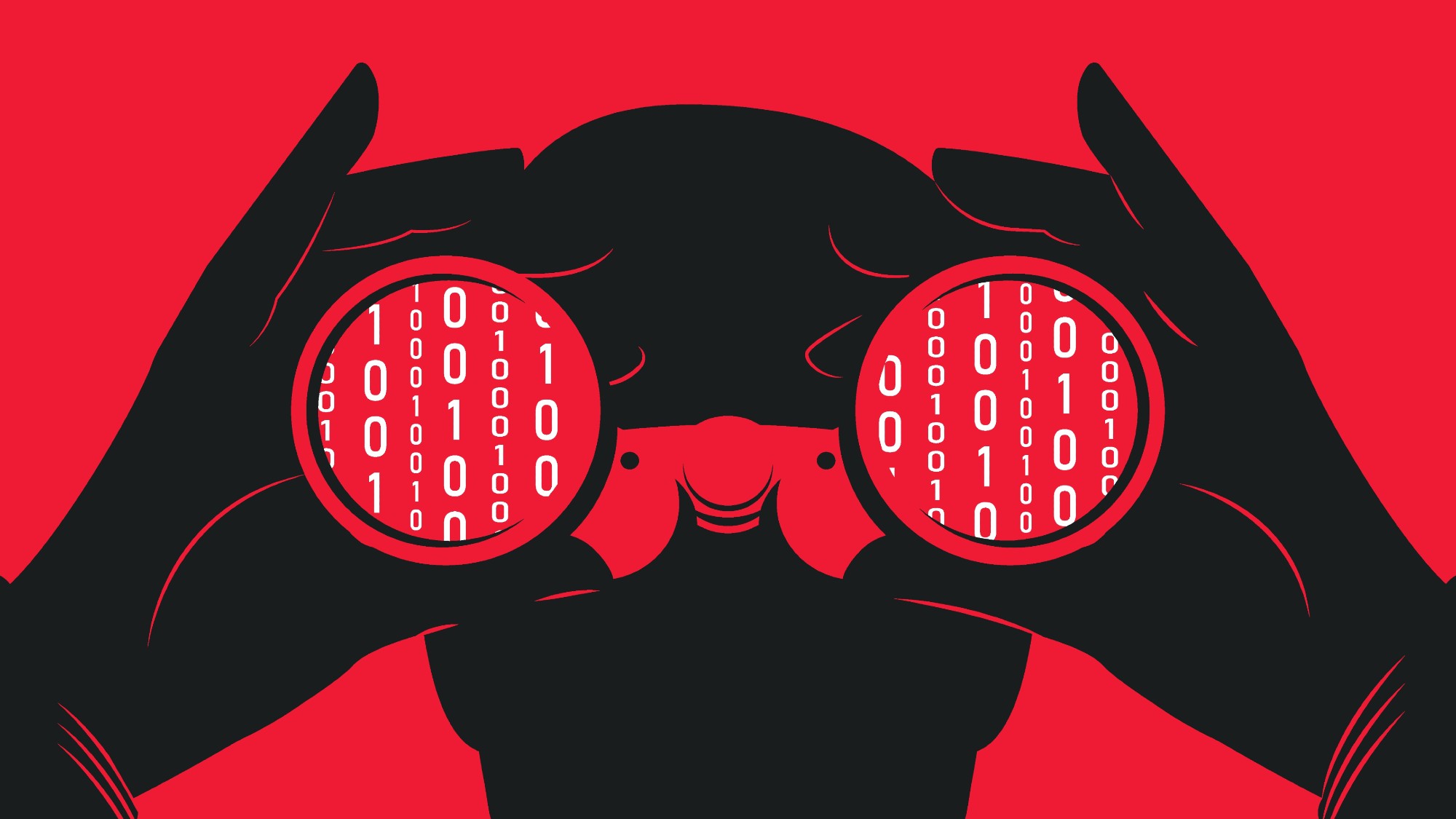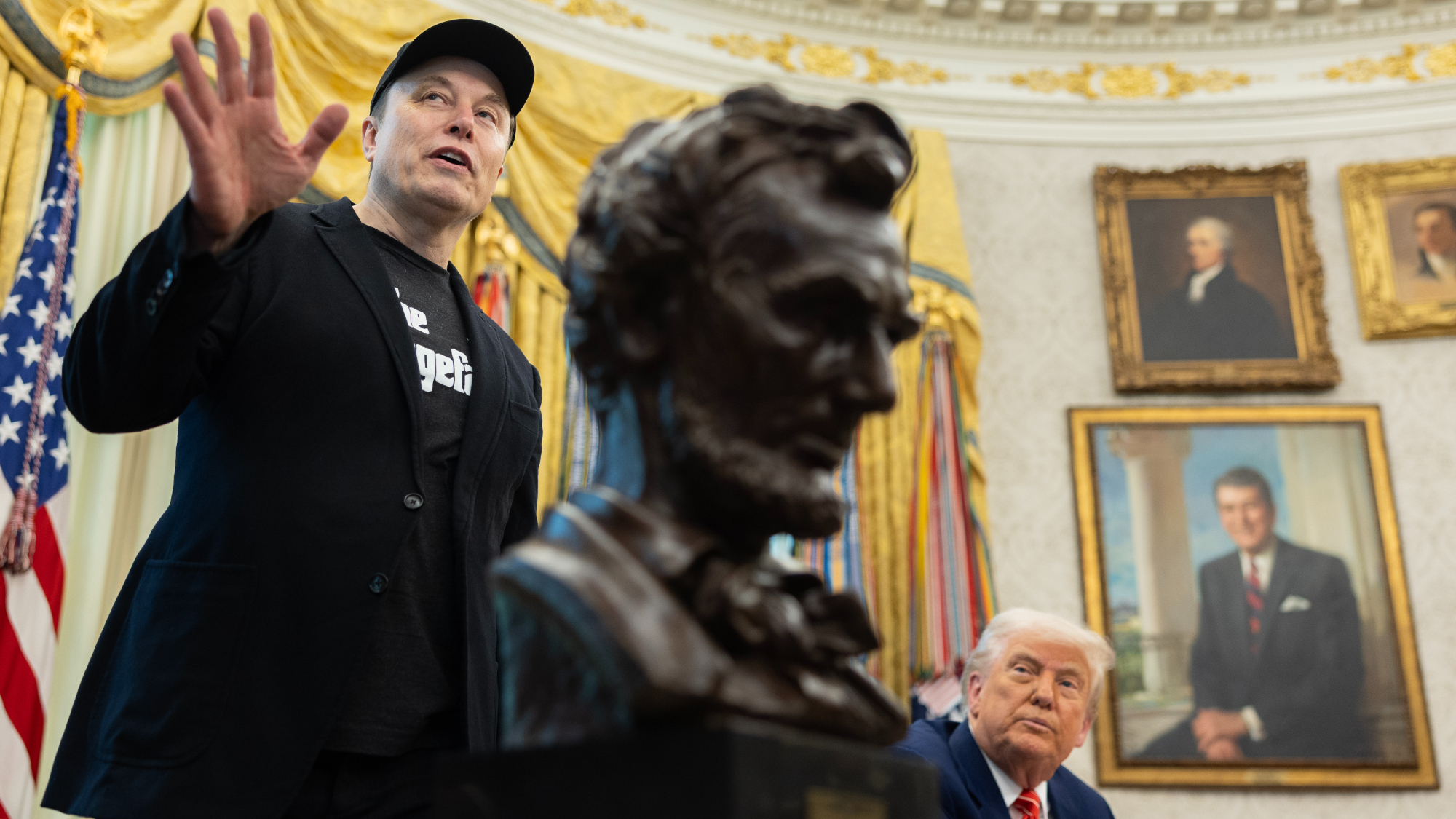How did Italy’s fascist dictator Benito Mussolini die?
Debate continues about the circumstances of Il Duce’s death more than seven decades ago

This week marks the 73rd anniversary of the execution of Benito Mussolini, yet questions still remain about the events surrounding fascist leader’s death and the identity of his killer.
Official accounts vary, being largely based on partisan testimony from a number of different sources. One thing they do all agree is that the death of Italy’s infamous son, alongside his mistress Clara Petacci, took place in Giulino di Mezzegra, a sleepy village just off the shores of Lake Como.
As The Spectator’s Nicholas Farrell notes: “If your destiny is to be shot dead with your mistress, where better than Lake Como, which, in the words of Shelley, ‘exceeds anything I ever beheld in beauty, with the exception of the Arbutus Islands in Killarney’?”
The Week
Escape your echo chamber. Get the facts behind the news, plus analysis from multiple perspectives.

Sign up for The Week's Free Newsletters
From our morning news briefing to a weekly Good News Newsletter, get the best of The Week delivered directly to your inbox.
From our morning news briefing to a weekly Good News Newsletter, get the best of The Week delivered directly to your inbox.
But how did Mussolini end up at this unlikely execution scene?
What was the background to his death?
Mussolini had ruled Italy as its fascist leader since 1922, and as dictator with the title Il Duce (“Leader”) from 1925. He took the country into the Second World War on the side of Nazi Germany in June 1940 but struggled to counter the Allied aggression, suffering a series of military defeats in North Africa.
By the autumn of 1943, Mussolini had been reduced to leading a German puppet state in northern Italy, while facing the Allied advance from the south and an increasingly violent internal conflict with Italian partisans.
A free daily email with the biggest news stories of the day – and the best features from TheWeek.com
When it became clear that the Allies and the anti-fascists were on the brink of victory, Mussolini and Petacci fled, under the protection a German convoy, for the Swiss border on Friday 27 April 1945.
Within hours, however, the convoy was stopped by a group of forewarned anti-fascists partisans in the town of Dongo, near Lake Como.
“You can imagine the shock when they found him. They had no idea what to do with him,” Professor David Kertzer, the author of Pulitzer Prize-winning book The Pope and Mussolini, told Foreign Policy magazine.
Fearing that the Nazis would again try to liberate the dictator, “the partisans hid the pair in a remote farmhouse for the night”, says History.com.
What happened on the day of his execution?
The following day, Mussolini and Petacci were taken from the house and driven to nearby Giulino di Mezzegra. They were ordered to stand in front of a stone wall at the entrance to a manor house called Villa Belmonte, where both were executed by machine-gun fire.
“The identity of the triggerman remains a point of contention, but it was likely communist partisan commander Walter Audisio,” according to History.com.
The two corpses were then taken to Milan and laid out on the ground in the city’s Piazzale Loreto, alongside the bodies of other executed fascist leaders.
Time magazine’s Reg Ingraham, who witnessed the scene, described it as “one of history’s raw spectacles”.
“The mob surged and swayed around the grisly spot,” Ingraham wrote. “One woman emptied a pistol into Il Duce’s body. ‘Five shots!’ she screamed.’ Five shots for my five murdered sons!’ Others cried: ‘He died too quickly! He should have suffered!’ But the hate of many was wordless. They could only spit.”
Following the desecration of their bodies, Mussolini and Petacci were hung from a scaffold to give the crowds a better view.
What effect did Mussolini’s death have on the War?
In 1945, Mussolini’s death was celebrated widely in the Allied nations as evidence of the War’s imminent conclusion: VE Day was celebrated on 8 May, less than two weeks later.
“The wretched end of Benito Mussolini marks a fitting end to a wretched life,” said The New York Times.
“Shot to death by a firing squad, together with his mistress and a handful of fascist leaders, the first of the fascist dictators, the man who once boasted that he was going to restore the glories of Ancient Rome, is now a corpse in a public square in Milan, with a howling mob cursing and kicking and spitting on his remains.”
News of Mussolini’s “public, humiliating death” reached Hitler by radio the day after the execution, as the German leader hid in his Fuhrerbunker below Berlin, where he had been confined for two weeks as Soviet forces approached the German capital, says Foreign Policy magazine.
Some historians now believe that Mussolini’s death influenced Hitler’s decision to commit suicide rather than be captured by advancing forces.
Historian Hugh Trevor-Roper disagrees, arguing in his book The Last Days of Hitler that the news from Italy is unlikely to have been a factor in what was “an already firm decision”.
What other theories have been argued?
In the postwar years, the official version of Mussolini’s death has been questioned in Italy, with some commentators putting forward conspiracy theories that have drawn comparisons with those surrounding the John F. Kennedy assassination.
Most noteworthy is the theory that Winston Churchill masterminded the execution, and that it was carried out by British secret agents.
It has been argued that the real reason for Churchill’s so-called painting trip to Lake Como following his election defeat in 1945 was to destroy or recover evidence of correspondence between himself and Mussolini during the War.
Churchill “is said to have made all sorts of embarrassing offers to keep Mussolini out of the War”, says The Spectator’s Farrell.
But “not a shred of hard evidence has ever come to light” to support the claim, he concludes.
-
 ‘This is a structural weakening of elder protections’
‘This is a structural weakening of elder protections’Instant Opinion Opinion, comment and editorials of the day
-
 4 tips to safeguard your accounts against data breaches
4 tips to safeguard your accounts against data breachesThe Explainer Even once you have been victimized, there are steps you can take to minimize the damage
-
 The Week's year-end quiz
The Week's year-end quizPuzzles and quizzes Test how well you followed the news with our year-end quiz
-
 How Bulgaria’s government fell amid mass protests
How Bulgaria’s government fell amid mass protestsThe Explainer The country’s prime minister resigned as part of the fallout
-
 Femicide: Italy’s newest crime
Femicide: Italy’s newest crimeThe Explainer Landmark law to criminalise murder of a woman as an ‘act of hatred’ or ‘subjugation’ but critics say Italy is still deeply patriarchal
-
 Brazil’s Bolsonaro behind bars after appeals run out
Brazil’s Bolsonaro behind bars after appeals run outSpeed Read He will serve 27 years in prison
-
 Americans traveling abroad face renewed criticism in the Trump era
Americans traveling abroad face renewed criticism in the Trump eraThe Explainer Some of Trump’s behavior has Americans being questioned
-
 Nigeria confused by Trump invasion threat
Nigeria confused by Trump invasion threatSpeed Read Trump has claimed the country is persecuting Christians
-
 Sanae Takaichi: Japan’s Iron Lady set to be the country’s first woman prime minister
Sanae Takaichi: Japan’s Iron Lady set to be the country’s first woman prime ministerIn the Spotlight Takaichi is a member of Japan’s conservative, nationalist Liberal Democratic Party
-
 Russia is ‘helping China’ prepare for an invasion of Taiwan
Russia is ‘helping China’ prepare for an invasion of TaiwanIn the Spotlight Russia is reportedly allowing China access to military training
-
 Interpol arrests hundreds in Africa-wide sextortion crackdown
Interpol arrests hundreds in Africa-wide sextortion crackdownIN THE SPOTLIGHT A series of stings disrupts major cybercrime operations as law enforcement estimates millions in losses from schemes designed to prey on lonely users